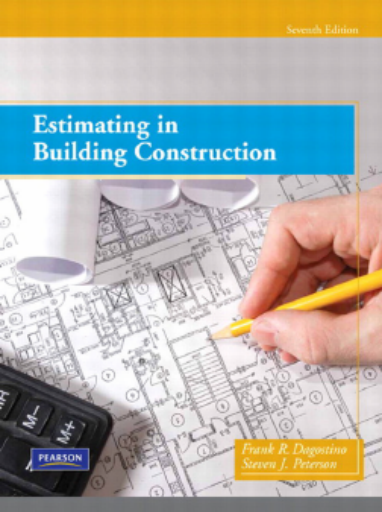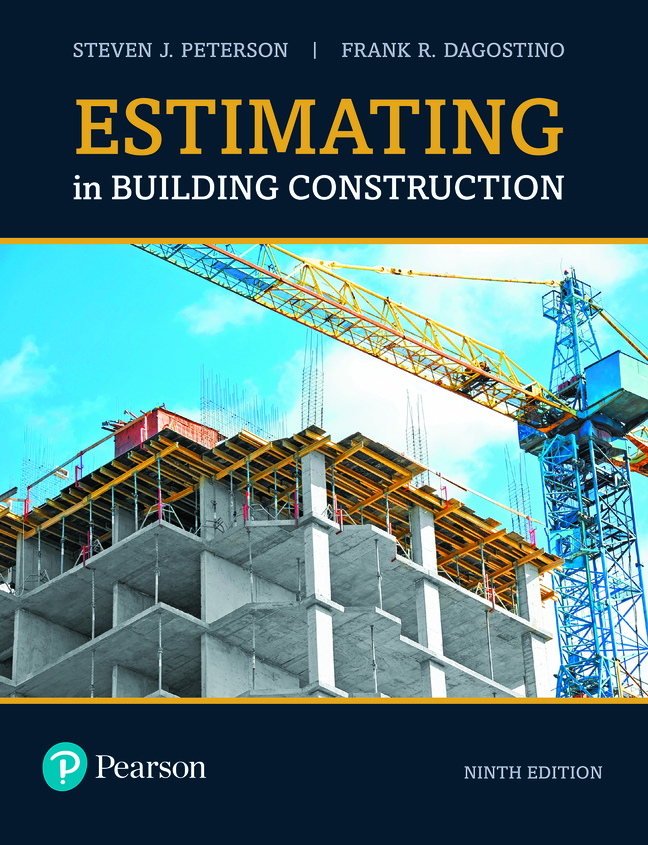Embark on a journey through the intricacies of construction business valuation as we uncover the strategies and methodologies behind “How To Value a Construction Company.” Gain invaluable insights into the assessment process that empowers entrepreneurs, investors, and stakeholders in the construction industry.
Introduction: Demystifying the Art of Valuation in Construction Business
Understanding the true worth of a construction company is pivotal for informed decision-making, whether you’re looking to buy, sell, or invest in the industry. This article serves as a comprehensive guide, providing actionable insights on “How To Value a Construction Company” effectively.
How To Value a Construction Company: Navigating the Assessment Process
Decoding the Process – How To Value a Construction Company
Explore the methodologies and key considerations that form the foundation of a successful construction company valuation.
1. Financial Statement Analysis:
The Financial Landscape – Importance of Financial Statement Analysis in Valuation
Examining the financial health of a construction company is a fundamental step. Analyzing income statements, balance sheets, and cash flow statements provides a snapshot of the company’s profitability, liquidity, and overall financial stability.
2. Earnings Before Interest, Taxes, Depreciation, and Amortization (EBITDA):
EBITDA Unveiled – Its Significance in Valuing a Construction Company
EBITDA serves as a key financial metric in construction company valuation. This approach normalizes earnings, excluding non-operating expenses, to provide a clearer picture of the company’s operating performance.
3. Market-Based Valuation:
Industry Benchmarking – Leveraging Market-Based Valuation for Construction Companies
Comparing the construction company’s performance metrics against industry benchmarks helps in determining its relative market value. This approach considers factors such as revenue multiples and profit margins.
4. Asset-Based Valuation:
Tangible Worth – Assessing Asset-Based Valuation in the Construction Industry
Valuing a construction company’s assets, including properties, equipment, and inventory, offers insights into its tangible worth. This approach is particularly useful for companies with significant physical assets.
5. Future Earnings and Growth Prospects:
Forward Outlook – Evaluating Future Earnings and Growth Prospects
Assessing a construction company’s potential for future earnings and growth is crucial. Factors such as the current project pipeline, market trends, and expansion opportunities play a role in determining its future value.
6. Customer Base and Reputation:
Building Trust – The Impact of Customer Base and Reputation on Valuation
The strength of a construction company’s customer base and its reputation within the industry contribute to its overall value. A loyal clientele and positive industry standing enhance its market position.
Challenges and Solutions:
Overcoming Valuation Challenges – Solutions for Construction Companies
- Data Accuracy and Completeness: Ensuring accurate and complete financial data is essential. Construction companies can implement robust accounting systems and engage professionals to address this challenge.
- Economic Volatility: Economic uncertainties can impact valuations. Companies can mitigate this challenge by demonstrating resilience, showcasing diversified revenue streams, and implementing risk management strategies.
Conclusion: Empowering Decision-Making in the Construction Industry
As we conclude our exploration of “How To Value a Construction Company,” it becomes evident that construction business valuation is a multifaceted process. By combining financial statement analysis, EBITDA assessment, market-based and asset-based valuations, and considering future prospects and reputation, stakeholders can derive a comprehensive and accurate valuation.
Empowered with this knowledge, entrepreneurs, investors, and industry participants can make well-informed decisions that align with their strategic goals in the dynamic landscape of the construction industry.



Leave a Reply